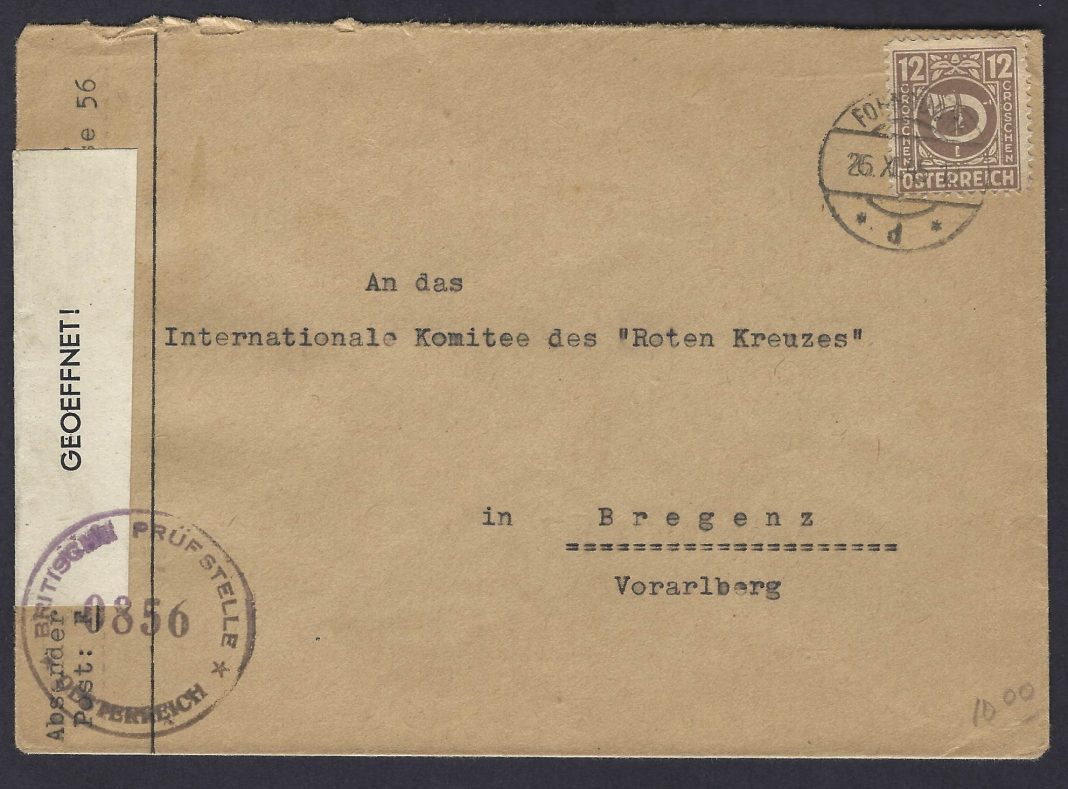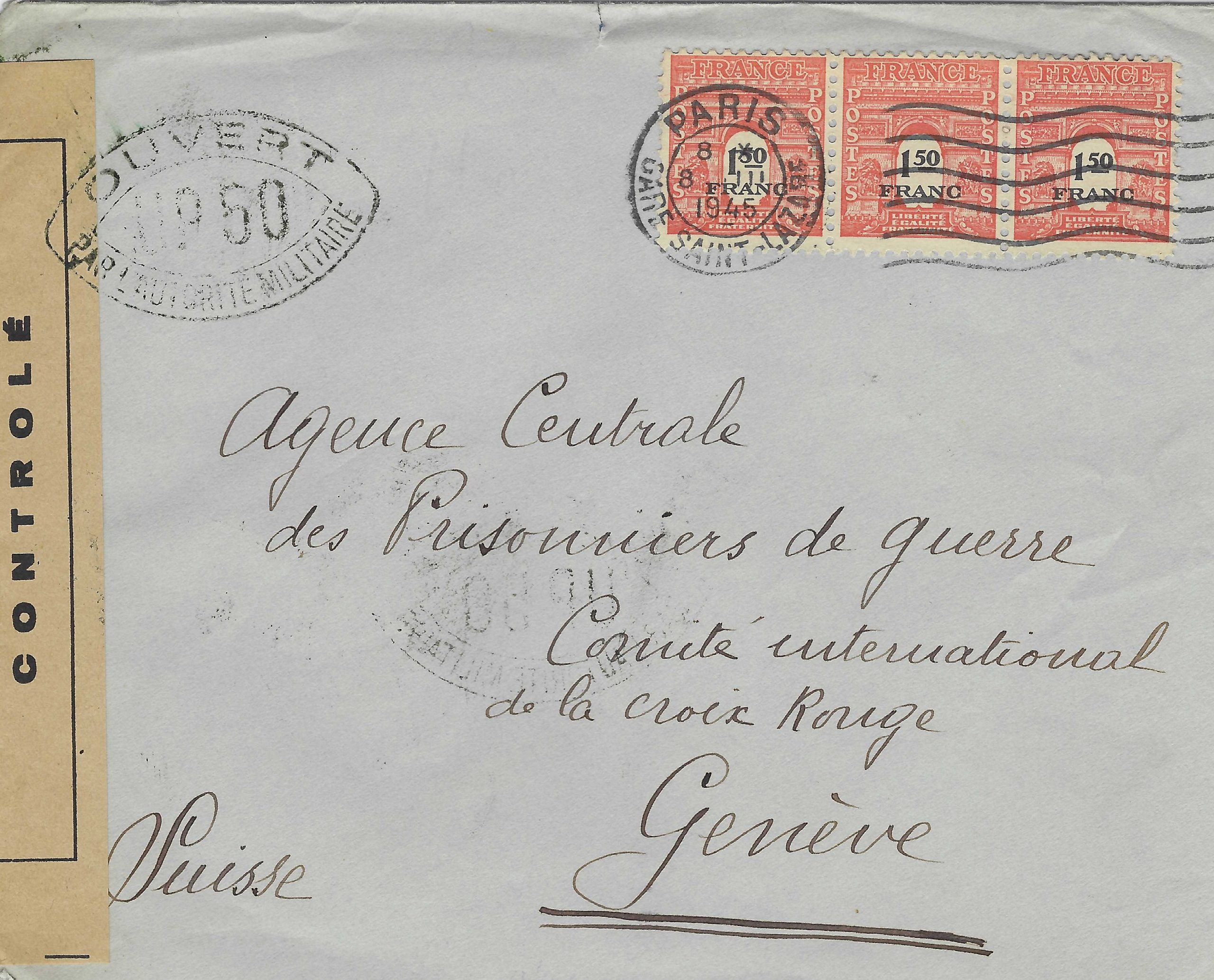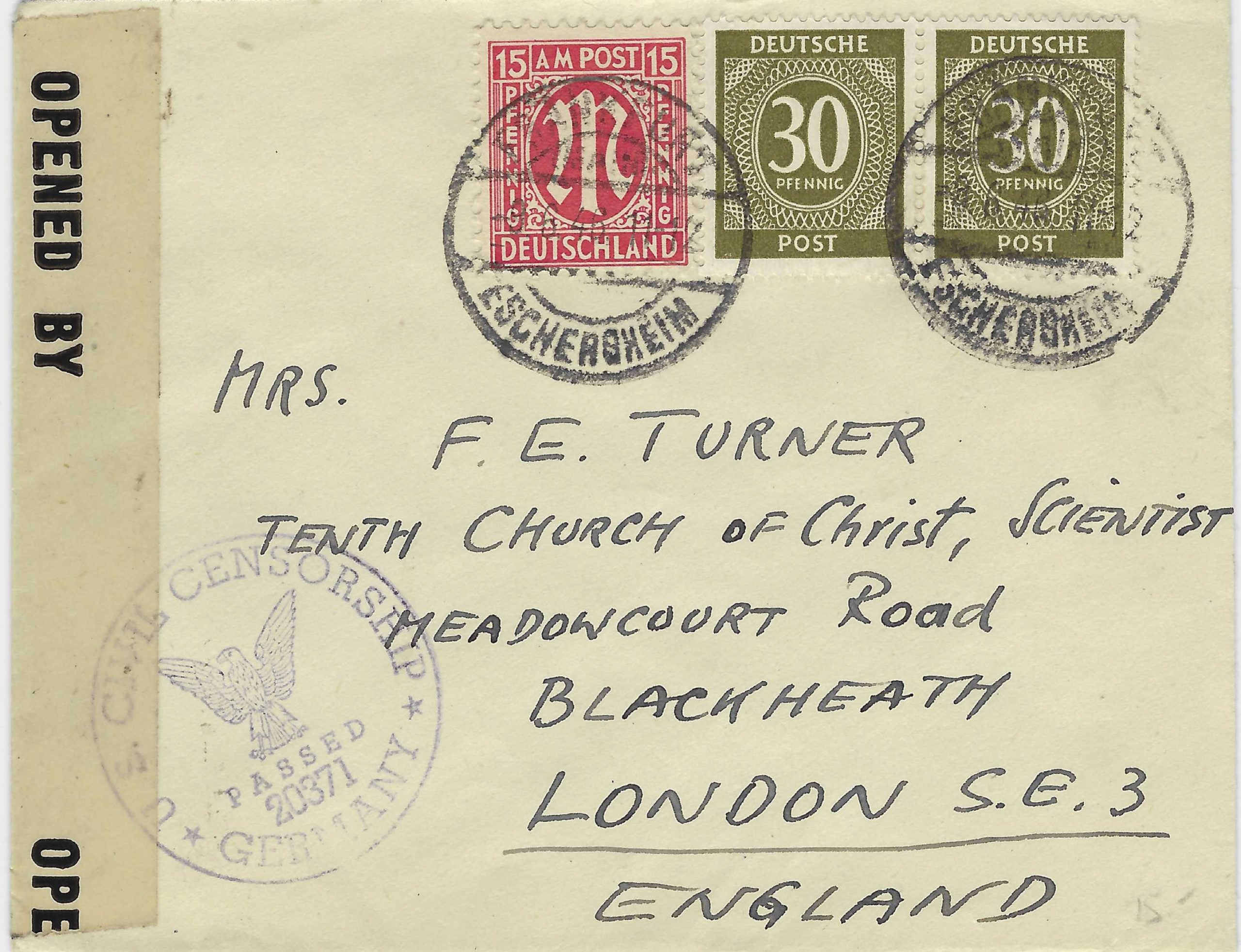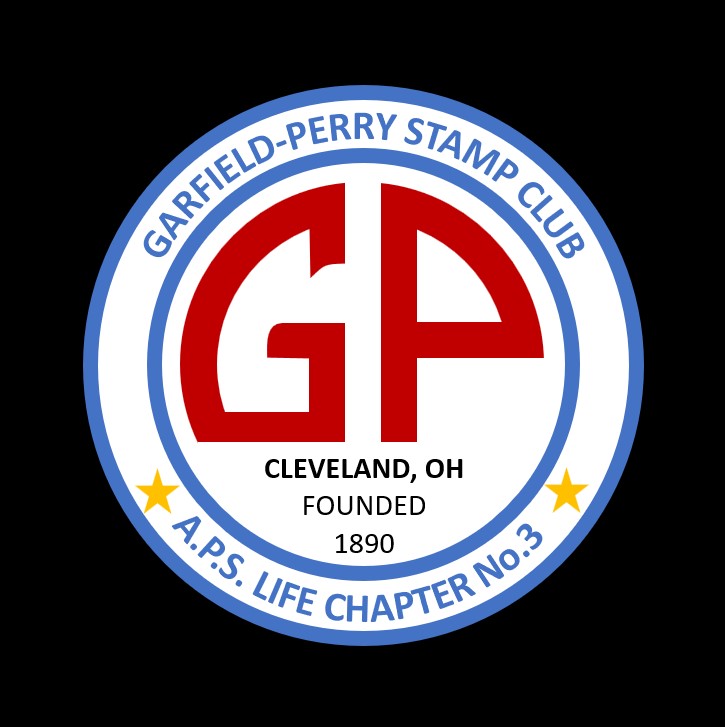
By Dennis Sadowski
As World War II ended 80 years ago in Europe, Far East Allied forces were faced with temporarily providing a slew of administrative functions in liberated lands, among them law enforcement, judicial services, taxation and mail service.
The Allied Military Government operated in Austria, France, Germany, Italy in the Free Territory of Trieste, Korea and the Ryukyu Islands, a chain of Japanese islands that stretch southwestward to Taiwan, until each administration was stable.
Mail service was particularly important because of the need to communicate both within and outside of the liberated areas.
Mail required postage stamps and postal stationery, some of which was printed by the Bureau of Engraving and Printing in Washington. In addition, the payment of fees and taxes on business transactions, licenses and permits required revenue stamps.
AMG stamps and postal history are popular collecting areas. A specialty society, the Allied Military Government Collectors’ Club, is home to dozens of collectors of material from an important time in modern history.
Clint Many of Brook Park, a member of the Cuy-Lor and Garfield-Perry stamp clubs, started collecting AMG material in the 1970s, but has especially focused on the era during the last five years. He said he enjoys learning about what happened when World War II wound down.
Many primarily collects European AMG items, studying usages by town. Seeking out material from the Free Territory of Trieste is particularly challenging because of what he called the incredible variety of items including paper types, overprint varieties and a plethora of stamp usages.
“I just find this stuff interesting. It’s American history and it’s World War II history,” Many said.
Some of the material Many has seen includes letters sent among family members. Reading letters translated from their original language provides insight into the life as communities rebuilt.
Beyond postal history, individual stamps, whether printed by a foreign government or contemporary issues overprinted to give them legitimacy under the new administration, offer much to discover.
Administrative Timeline
The AMG included British, French, American and Russian forces. In Austria the AMG was present from Aug. 27, 1945, until July 27, 1955. The Free Territory of Trieste was administered by American, British and Yugoslav officials from Sept. 15, 1947, to Oct. 5, 1954. For the rest of Italy, AMG teams were in place from 1943 to 1945.
The Ryukyu Islands had the longest period of administration under American leadership, lasting from 1945 until May 14, 1972.
Meanwhile, in Germany, the AMG served from 1945 to 1949. In France the Free French Forces oversaw operations from Oct. 8, 1944, to May 12, 1945.
Examples of mail from these periods can be readily found. Some of it is philatelic, meaning it was created by collectors, but much of it carried actual correspondence and is eagerly sought by collectors.

Stamps Tell Stories
Stamps for civilian use in Austria featured a post horn with “Osterreich” across the bottom. Stamps were issued in 17 denominations spanning from 1 groschen to 5 schillings.
An example of mail from the period in Austria is franked with a pale buff brown 12-groschen stamp postmarked Nov. 26, 1945, in Fohnsdorf, Styria. It was sent to the International Committee of the Red Cross in the western city of Bregenz, Voralberg.
Interestingly, censor tape marked “GEOFFFNET!” (Open!) seals the left side and a rubber stamp reading “Britische Prüfstelle” (British inspection office) indicates a censor had reviewed the contents and passed it on. The tape obscures the sender’s name and address.

Many’s collection includes an example from Eschersheim, Germany, postmarked June 9, 1946, using both styles of AMG stamps that were available including two 30-pfennig stamps from the numeral series and a 15-pfennig stamp in the German “M” design. It, too, has censor tape sealing one side. A rubber stamp reading “U.S. CIVIL CENSORSHIP/GERMANY” indicates it passed inspection and was sent on to London.
A cover from France is franked with a trio of 1.50-franc interim Arc de Triomphe stamps. It was postmarked in Paris on March 8, 1945. Censor tape closes one side and a rubber stamp shows it was opened and approved by the military authority.
Such mail shows Allies trying to get society functioning again, Many said.
Information about the AMG Collectors’ Club is available online at www.amgcollectors.org.
Club Meeting
The October meeting of the Black River Stamp Club has been rescheduled to Oct. 8 at the Lorain Public Library’s North Ridgeville Branch, 35700 Bainbridge Road. Doors open at 5 p.m. The meeting is open to all.
Dennis Sadowski can be reached at sadowski.dennis@gmail.com.

